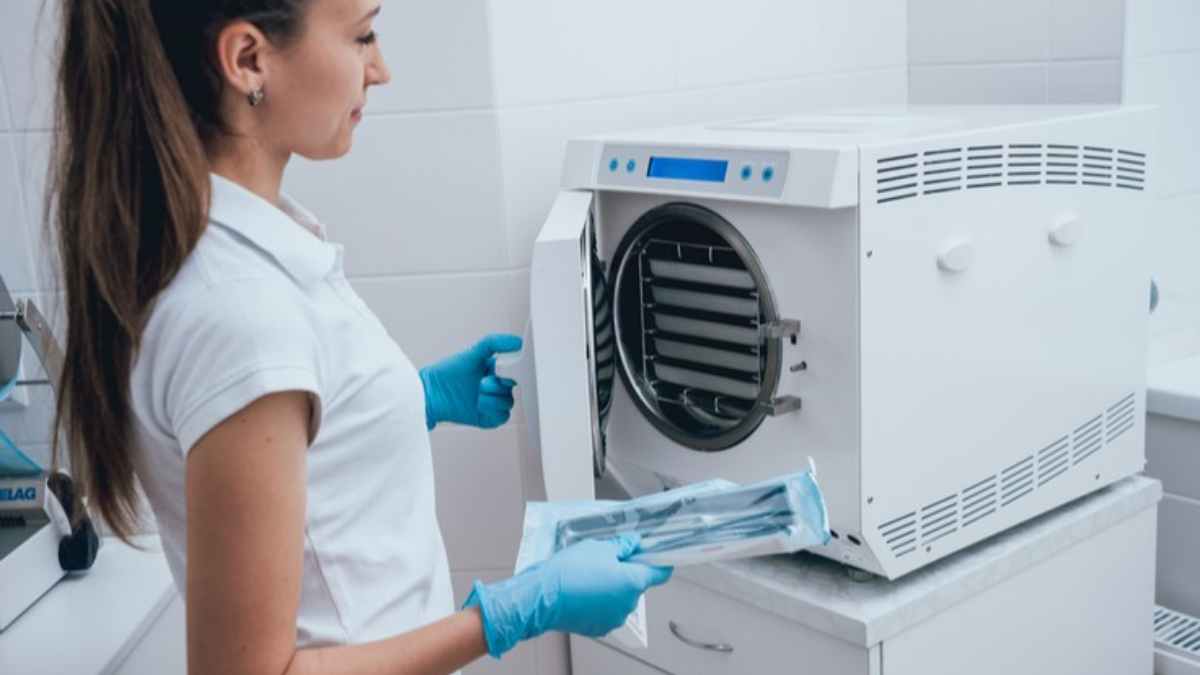
Autoclaves are a critical piece of equipment for many medical facilities. They help to reprocess medical tools and PPE between patients, preventing infections.
An autoclave sterilizes tools using hot steam and pressure. They are also used in other industries, such as aircraft and automobile manufacturing, to heat specialized rubbers for tire production (known as vulcanization). They come in a variety of shapes and sizes.
Table of Contents
Prevents Infections
Autoclave sterilization uses saturated steam at 121 degrees Celsius and 15 pounds-force per square inch (lb/in2 or psi) for 30 minutes to kill bacteria, viruses, and spores that cause infections. The process of lab autoclave is ideal for laboratory tools because it does not require harsh chemical reagents and enables the reuse of many instruments, saving money and cutting down on waste.
Steam heat is more effective than dry or gaseous sterilization methods. This method is also able to kill microorganisms that are resistant to other treatments, including antibiotics.
The success of an autoclave cycle depends on several factors. During the pre-vacuum process, the steam must reach the correct temperature and ensure that air pockets do not remain in the chamber to prevent the reintroduction of pathogens into the load. The cycle must also run for the proper duration of time. Good timing gives the steam enough time to contact all the items. In addition, the sterilization cycle must include the right amount of pressure to effectively kill all of the microbial life present in the load.
Reduces Waste
Autoclaves are pressure vessels that use moist steam under pressure to kill harmful bacteria, viruses, fungi, and spores on items placed inside. They typically come in sizes, from small tabletop units to large walk-in bulk units.
When the sterilizer is in operation, the door closes, and steam fills the chamber, removing all air from the container. Then the temperature and pressure rise to an appropriate sterilization setting for a designated time. Then the pressure is released, and items can be removed.
Biological indicators, such as a darkened sterilization mark on the outside of a plastic autoclave bag, indicate when an item has been successfully processed and sterilized. Others conducted validation experiments to determine the optimal cycle type and sterilization parameters for processing waste in an on-site autoclave. These experiments showed that sorting trash by waste type before autoclave processing significantly reduced the re-growth of pathogenic bacteria.
Saves Money
The steam used in the autoclave sterilization process destroys bacteria, viruses, fungi, and spores on items placed inside the pressure vessel. The hot steam also denatures the proteins found on the surface of these microorganisms, making them unable to reproduce. For instance, an autoclave nail salon is essential for sterilizing their applications.
Laboratory equipment, glassware, liquid specimen samples, and cleaning solutions are commonly sterilized in an autoclave. These types of liquids are susceptible to contamination, which can have significant consequences for the results of a lab experiment. This is especially true for molecular, biochemical, and microbial research laboratories.
An autoclave contains failsafe mechanisms to achieve the temperature and pressure required for sterilization. These devices are available in various sizes, from large free-standing units to compact benchtop models. They can even be configured for unique cycles that avoid damage to delicate items such as sealed test tubes. However, it is vital that these machines are precise and that enough space is left to allow for adequate steam circulation.
Prevents Damage
Autoclave sterilization is a safe, effective, and economical method for sterilizing medical instruments, laboratory glassware, and other items. Its effectiveness is based on moist heat that kills bacteria, viruses, and other microorganisms. There are physical, chemical, and biological indicators that ensure the steam sterilization cycle reaches the required temperature for the correct length of time.
For example, a small tabletop autoclave may be used in a dental office, or a larger industrial unit might be installed in a hospital. All have the same essential functions. A closed chamber is locked, and all air is replaced with saturated steam under pressure to achieve the desired sterilization temperature for a specific duration of time.
Some autoclaves are designed with a full jacket that improves temperature uniformity, reduces condensation, and eliminates the need for a pre-cycle purge phase. Regardless of the type of sterilizer, lab personnel must follow EHS autoclave safety training and the manufacturer’s operating and safety guidelines in their owner’s manual. Opening the autoclave door slowly is essential, avoiding exposing anything to thermal shock, especially glass or sharp materials.